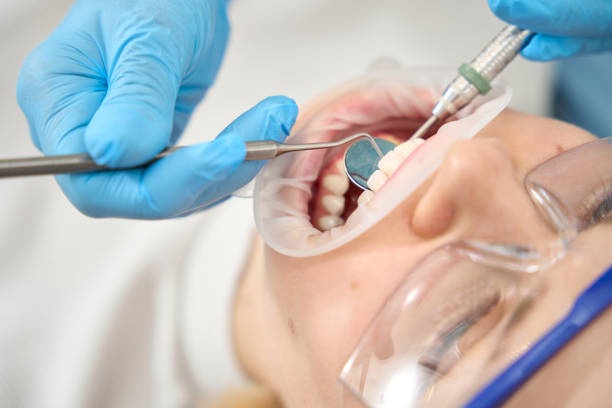After a root canal treatment, it’s essential to protect the treated tooth to ensure it heals properly and remains functional for many years. Here are several important steps to follow to protect your tooth after undergoing a root canal:
Follow Your Dentist’s Instructions:
Immediate Care: Follow any specific post-procedure instructions your dentist provides, which may include taking prescribed medications, such as antibiotics or pain relievers, and details on how to care for your mouth immediately following the procedure.
Avoid Chewing on the Treated Side:
Temporary Filling: Often, after a root canal, the tooth is temporarily filled until a permanent restoration can be placed. Avoid chewing on the treated side to prevent putting pressure on the weakened tooth.
Get a Permanent Restoration:
Crown Placement: It's usually necessary to have a crown placed on the tooth after a root canal to provide strength and protection. The crown also helps prevent the tooth from fracturing since teeth that have undergone root canal therapy can become brittle.
Timely Follow-Up: Schedule the placement of a crown or other restoration as recommended by your dentist, typically within a few weeks of the root canal treatment.
Maintain Good Oral Hygiene:
Brushing and Flossing: Continue to brush twice a day with fluoride toothpaste and floss daily. Be gentle around the treated area to avoid irritation.
Mouthwash: Using an antiseptic mouthwash can help keep the area clean and reduce bacteria in the mouth.
Avoid Hard and Sticky Foods:
Prevent Damage: Until your tooth is fully restored with a permanent crown, avoid hard and sticky foods that might pull on or crack the tooth.
Regular Dental Check-Ups:
Monitoring Healing: Regular visits to the dentist are crucial to monitor the healing of your tooth and the success of the root canal treatment. Your dentist can also check that the crown and other restorations are intact and functioning properly.
Wear a Nightguard if Needed:
Bruxism: If you grind or clench your teeth at night, consider asking your dentist about a nightguard to protect your teeth from excessive wear and potential damage.
Attend to Any Pain or Unusual Symptoms:
Post-Treatment Symptoms: If you experience significant pain, swelling, or other unusual symptoms after your root canal, contact your dentist immediately. These could be signs of an infection or an issue with the root canal.
Stay Informed:
Understand the Risks: Be aware of the potential issues that can occur with a tooth after a root canal, such as reinfection or structural problems, and how to recognize them.
By taking these steps, you can significantly improve the outcome of your root canal treatment and maintain the health and functionality of your tooth. Regular follow-up and proper care are critical to avoiding further complications and ensuring a long-lasting, healthy smile.


No comments yet